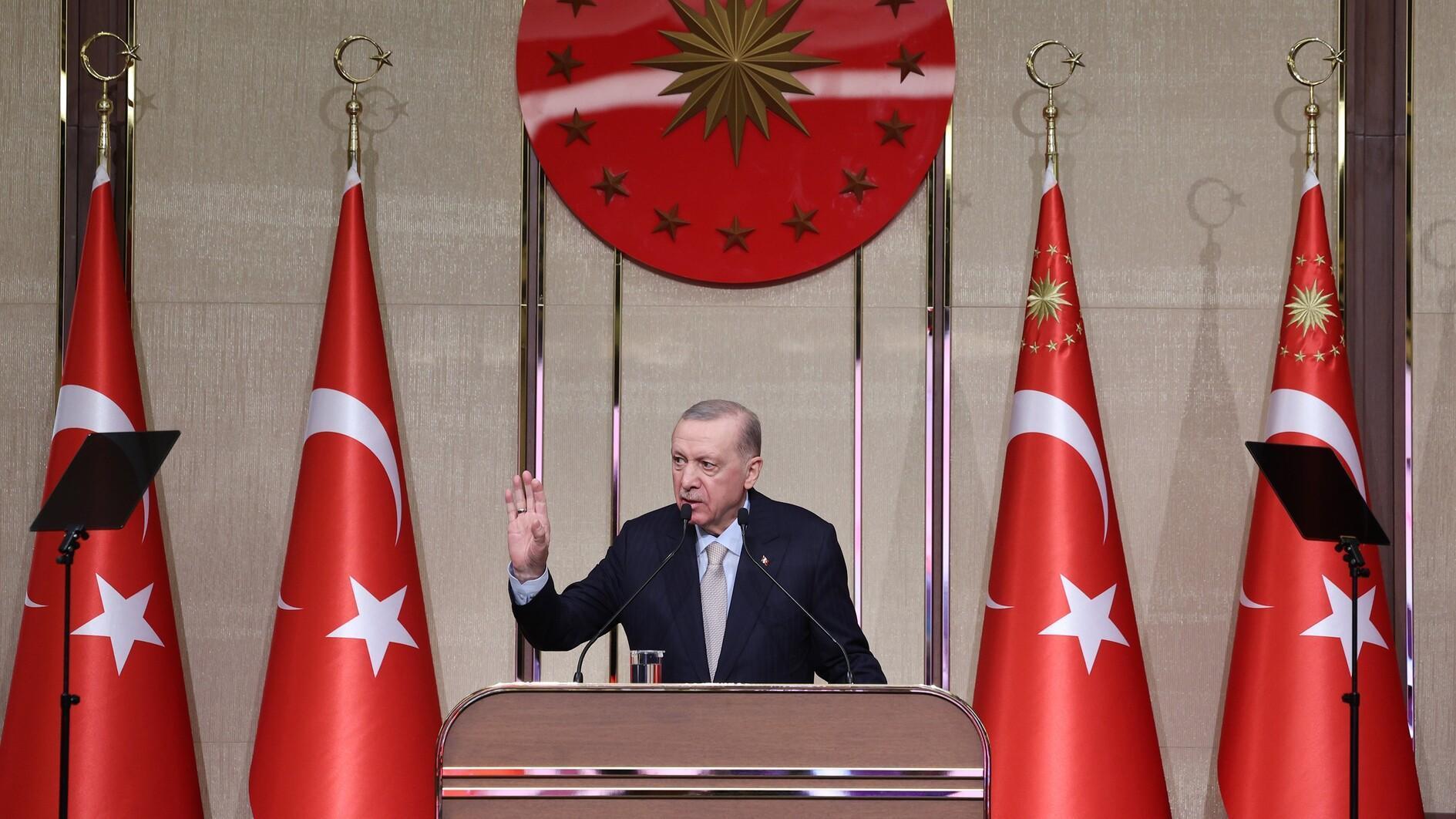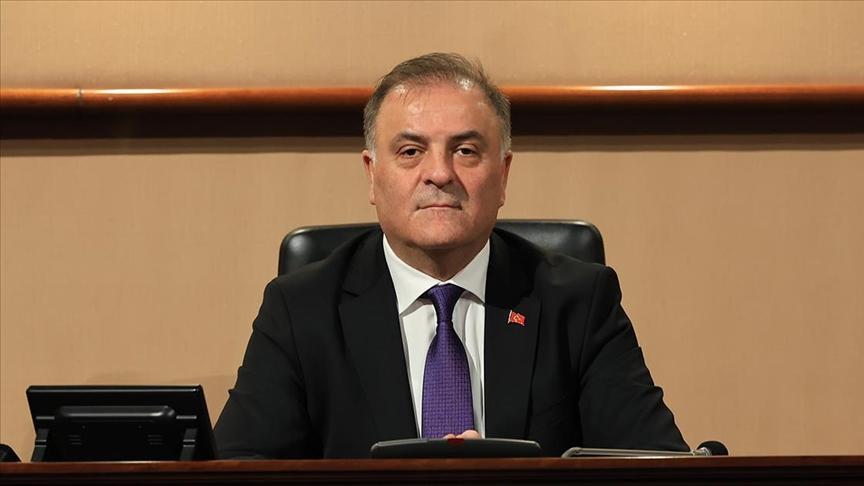The reality of Boko Haram and the limits of counter-terrorism
The rise of non-state actors, mainly terrorist organizations, in recent years has dramatically increased the volume of violence and number of casualties around the world. According to the Global Terrorism Index, prepared by the Institute for Economics and Peace, the death toll from terrorism increased by 80 percent in 2014 and reached its highest level with 32,658 casualties, while the number of terrorist attacks increased 63 percent to 13,463. Iraq, Afghanistan, Nigeria, Pakistan and Syria were listed as the top five countries most affected by terrorism in 2015. While attacks by the Islamic State of Iraq and the Levant (ISIL) have topped headlines all over the world due to their trans-boundary characteristics, other terrorist groups, though as deadly and threatening for global security, receive little coverage.
One of these, the radical Islamist Boko Haram, became the world’s deadliest terrorist group last year, killing and wounding thousands and causing the displacement of more than 1.5 million people in its quest to create an independent state in northern Nigeria. Its latest deadly attack took place on Jan. 30 in Dalori village, near Nigeria’s biggest northern city of Maiduguri, killing 86 and wounding many more.
Even though the Nigerian government has been fighting against Boko Haram since 2009, the group gained international attention only after abducting 276 girls from their dormitories in the town of Chibok in 2014. Their whereabouts are still not known. Since then, the group has become more visible and announced the creation of a caliphate in the territory it controls. Also, its violence has spread across borders to Cameroon, Chad and Niger and has increased its influence with a pledge of allegiance to ISIL. As a result, it secured its place on the U.S. list of foreign terrorist organizations.
Although the counter-terrorism activities of the Nigerian government, in collaboration with the joint military force of five African countries including Nigeria, Chad, Cameroon, Niger and Benin, have considerably weakened Boko Haram’s capacity, its latest attack confirmed once again that it is very difficult to defeat such a group employing guerilla tactics without addressing the underlying ideological, sociological and economic factors that created it in the first place.
Boko Haram initially emerged in Nigeria, Africa’s biggest country by population and economy, in 2002 with the primary aim of opposing Western-style education in the country, but moved beyond education over time, seeking to topple the government and create an Islamic caliphate. The disparities between the Muslim north and mostly Christian south in every aspect, including a high level of corruption and a lack of infrastructure and development, has been fertile ground for radical groups to thrive in the region. After a years-long counter-terrorism struggle, Boko Haram is still estimated to have around 10,000 fighters and its tie to ISIL now threatens not only Nigeria, but also adjacent countries.
The counter-terrorism efforts of international actors, like the U.S.-led international coalition against ISIL, have been focusing mainly on military means alone and pay little attention to the complex and multifaceted factors behind the emergence of such radical groups. Countries and international organizations spend billions of dollars every year in the worldwide fight against terrorism with little success to show for it. The struggle against terrorism and radicalism requires a long-term holistic approach, focusing on socio-economic root causes rather than security implications. To succeed, while an awareness of and a viable strategy to fight the security threat is needed, it also has to be complemented with social, political, economic and humanitarian policies.











